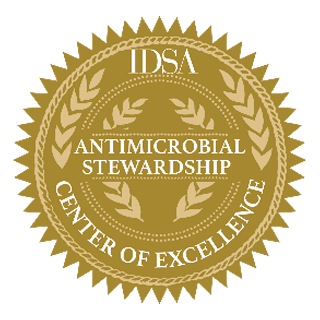COA Core ASP Strategies

Prospective Audit with Prescriber Feedback
- Monitoring for bug/drug mismatches
- Monitoring positive sterile site cultures (blood and CSF) to assure appropriate empiric and tailored antimicrobial therapy
- Monitoring non-formulary antimicrobials for appropriate use in children
- Monitoring high risk antimicrobials (meropenem, antifungals, combination therapy without indication) for appropriate use
Formulary Restriction/Preauthorization – These medications will require approval from an ID physician or ASP pharmacist at the point of order entry.
Indication Specific Order Sets – Use of treatment guidelines for commonly used antimicrobials that follow evidence based criteria and local susceptibility patterns.
IV to Oral Policy – Review of patient medication profile to determine if eligible for oral conversion, specifically for antimicrobials that have adequate oral bioavailability.
Full IV to Oral Policy (PDF)
C. difficile Diagnostic and Treatment Pathway – Defined as highest threat level of any healthcare-associated infection (HAI) by the CDC. Children’s of Alabama has implemented new electronic pathways that will help prescribers determine appropriate testing, encourage higher levels of infection prevention, and minimize antibiotic use as primary initiatives to decrease HA-CDI. Please refer to Syndrome Specific Guidelines for documents.
Children's of Alabama C. difficile Bundle Initiative (PDF)
Mandatory ID consultation – for specific types of infections (reference: O & F Manual Updated 11.21.2019)
- Candidemia (candida species in sterile sites)
- Multi-drug resistant infections at any site: ESBL positive organisms, VRE, CRE
- Staphylococcus aureus sterile site infections (i.e., bacteremia and CNS) – includes both MSSA and MRSA isolates










